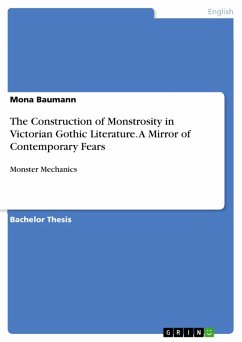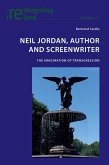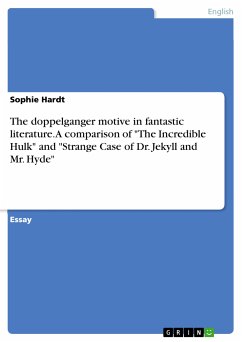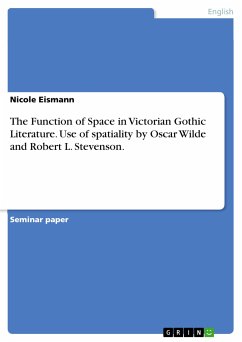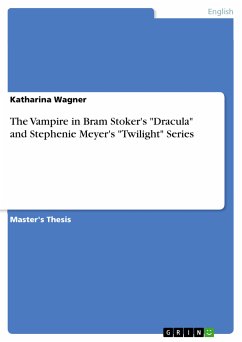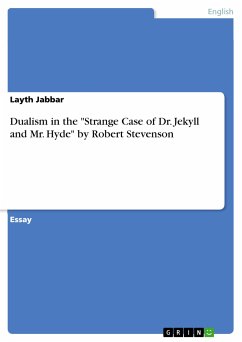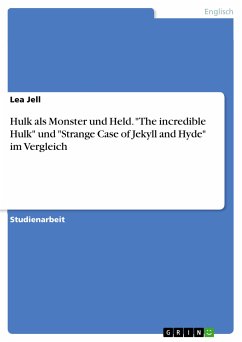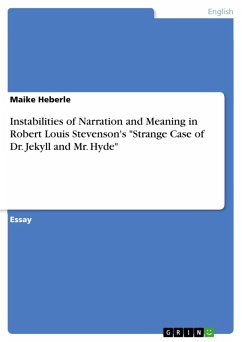Bachelor Thesis from the year 2020 in the subject English Language and Literature Studies - Literature, grade: 1,3, University of Frankfurt (Main) (Institut für Anglistik und Amerikanistik), language: English, abstract: This paper will shed light on the different construction of monsters used by Bram Stoker in Dracula and Robert Louis Stevenson in The Strange Case of Dr Jekyll and Mr Hyde, mirroring contemporary fears and social circumstances: Although both monsters can be associated with the discourse of degeneration and consequently otherness and parasitism, Dracula functions as an external monster, while Hyde represents the monster from within. The faces of Gothic villains are prime examples for degenerate evil. Bram Stoker's Dracula and Robert Louis Stevenson's The Strange Case of Dr Jekyll and Mr Hyde both show the implementation of the fear of degeneration in Gothic literature. As Judith Halberstam claims, "[m]onsters are meaning machines", explaining that their bodies and behaviours function as symptoms of or a response to various cultural, historical, or political problems, including gender, class, race, nationality, and sexuality. She states that [m]onsters and the Gothic fiction that creates them are therefore technologies, narrative technologies that produce the perfect figure for negative identity. Monsters have to be everything the human is not and, in producing the negative of human, these novels make way for the invention of human as white, male, middle class, and heterosexual.
Dieser Download kann aus rechtlichen Gründen nur mit Rechnungsadresse in A, B, BG, CY, CZ, D, DK, EW, E, FIN, F, GR, HR, H, IRL, I, LT, L, LR, M, NL, PL, P, R, S, SLO, SK ausgeliefert werden.

